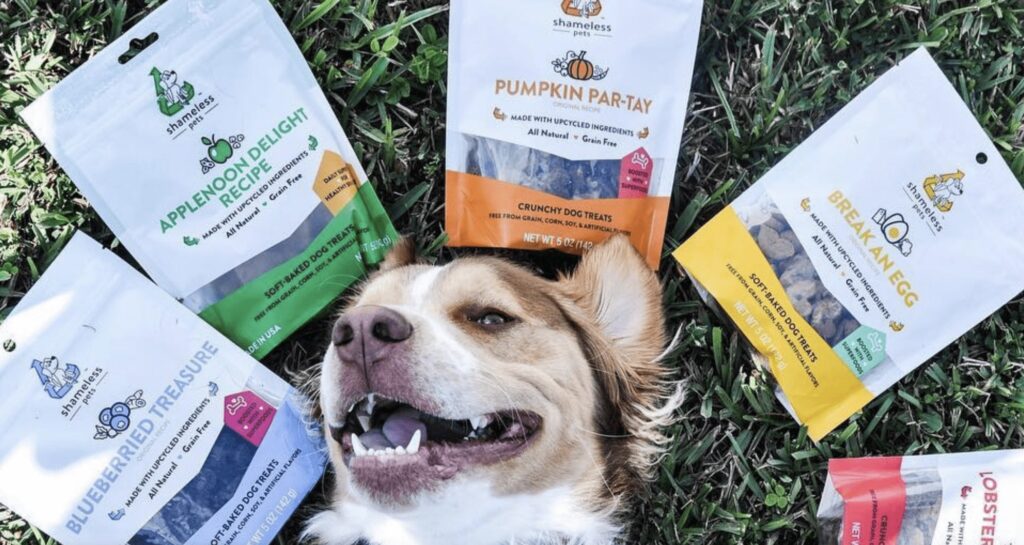Ex-buyers spill the beans on how emerging brands can get into – and stay in – coveted retailers
As part of our webinar series in collaboration with Branchfood, we brought together founders of emerging brands and ex-buyers at Target to discuss best practices for brands to successfully engage with buyers, boost conversions, and grow their presence to win in retail. Listen to the full webinar or find out more about Trax Dynamic Merchandising for emerging brands.

For new consumer packaged goods (CPG) brands, being placed in large retailers is the surest way to succeed as this offers exposure that few other distribution channels can. This knowledge is not lost on brands, which is why getting a slot on the coveted shelves is no easy task. With these five secrets revealed by ex-buyers at Target, however, emerging brands can ensure they secure themselves a spot and stay there.
Secret 1: Understand the retailer’s objectives
The most important consideration for getting into coveted retailers is to understand what their objective is. While brands may want to differentiate their product as being better than an alternative CPG offering, retailers aren’t interested in displacing another brand. Retail buyers want incrementality and want to offer complementary products to shoppers. For emerging brands, this means clarifying your product’s USP to clearly show it can offer something beyond what’s already out there.
James Bello, co-founder and CEO at Shameless Pets, and a former buyer at Target, followed this advice himself. Instead of trying to compete with national pet brands that brough traffic to the retailer or against the store’s own brand that was bringing in margin, Shameless Pets sought to show the incremental value of bringing the millennial pet parent who dislikes food waste, to the retailer’s doorstep.

Likewise, John Peine of health supplement brand Friska aimed to help CVS achieve its objective of bringing younger shoppers into stores. After six months of being on the shelf, Friska was able to demonstrate that the average Friska shopper at CVS was 11 years younger than the chain’s average digestive health shopper.
Secret 2: Get in early with buyers
Understanding retailers’ line review process and knowing the right time to speak to buyers is also key to getting on shelves. For a vast number of large retailers, the buyers begin to plan their assortment 6-12 months before it goes on shelf.
For emerging brand owners who can have a challenging time getting that first meeting with the retail buyer, finally getting facetime only to find that the line review is already planned out and they cannot offer you a slot can spell a major setback.
Despite his background as a buyer for Target, Bello went through a similar experience at Whole Foods. Shameless Pets lost 20 months of shelf time because of issues with the line review, so Bello advises emerging brands to find out when the retailer’s line review process for your category is going to be and have everything ready in time for it. Brands can get this information from brokers or via founder networks or even by simply connecting with the buyer early.
Secret 3: Enable the retailer to shine
Once they have retailers convinced of their value, emerging brands can also seek to gain publicity through the retailer’s advertising channels, often for free. Retail buyers seek ways to differentiate themselves from competitors by highlighting their values such as being environmentally conscious, pet-friendly, etc. Brands that have similar principles and which can be found at the retailer, allow the latter to use their presence as proof of their values.

This was true for Shameless Pets, which was able to secure a spot on HEB’s collateral without having to spend marketing dollars. From Primo Picks to the retailer’s marketing flyers, Shameless Pets was able to garner a lot of publicity for free as displaying the pet brand elevated the buyer internally, allowing them to show their support for sustainability, upcycling, and other green efforts by having the brand on shelf.
Secret 4: Don’t get complacent
Brands may be tempted to think the battle is won once they’ve successfully gotten to the buyer in time for their line review process and managed to get on the retail shelf. However, buyers are constantly reviewing their lines, which means brands that fail to deliver on the pre-launch promises made to retailers can quickly lose favor and find themselves replaced during the next cycle.
Bello shares that since retailers start their review process 8-9 months ahead of the go-live date, brands have a three-month window to prove themselves from the time they get on a retailer’s shelf. Strong sales data corroborating pre-launch claims, like Friska managed to do with CVS regarding their pull with a younger audience, and offering unique product extensions, are some ways brands can ensure they keep their spot.
Secret 5: Always propose alternatives to slotting fees
For new brands with limited budgets, retailers’ slotting fees may seem like an inevitable expense they just have to bear or forego that retailer altogether. Often, the fees are negotiable. No matter what retail buyers or even your brand representative might claim, brands can propose creative ways to get around slotting fees. For Friska, this was in the form of an agreement of exclusivity with a certain retailer. For other emerging brands, it could also mean guaranteeing a certain ongoing margin rate, or any other way that suits both parties’ needs at the time.
Long-term retailer-brand relationships take time, effort, trust, and mutual benefit to thrive. With these tips from past buyers, brands can get started on their journey toward building strong buyer relationships.



